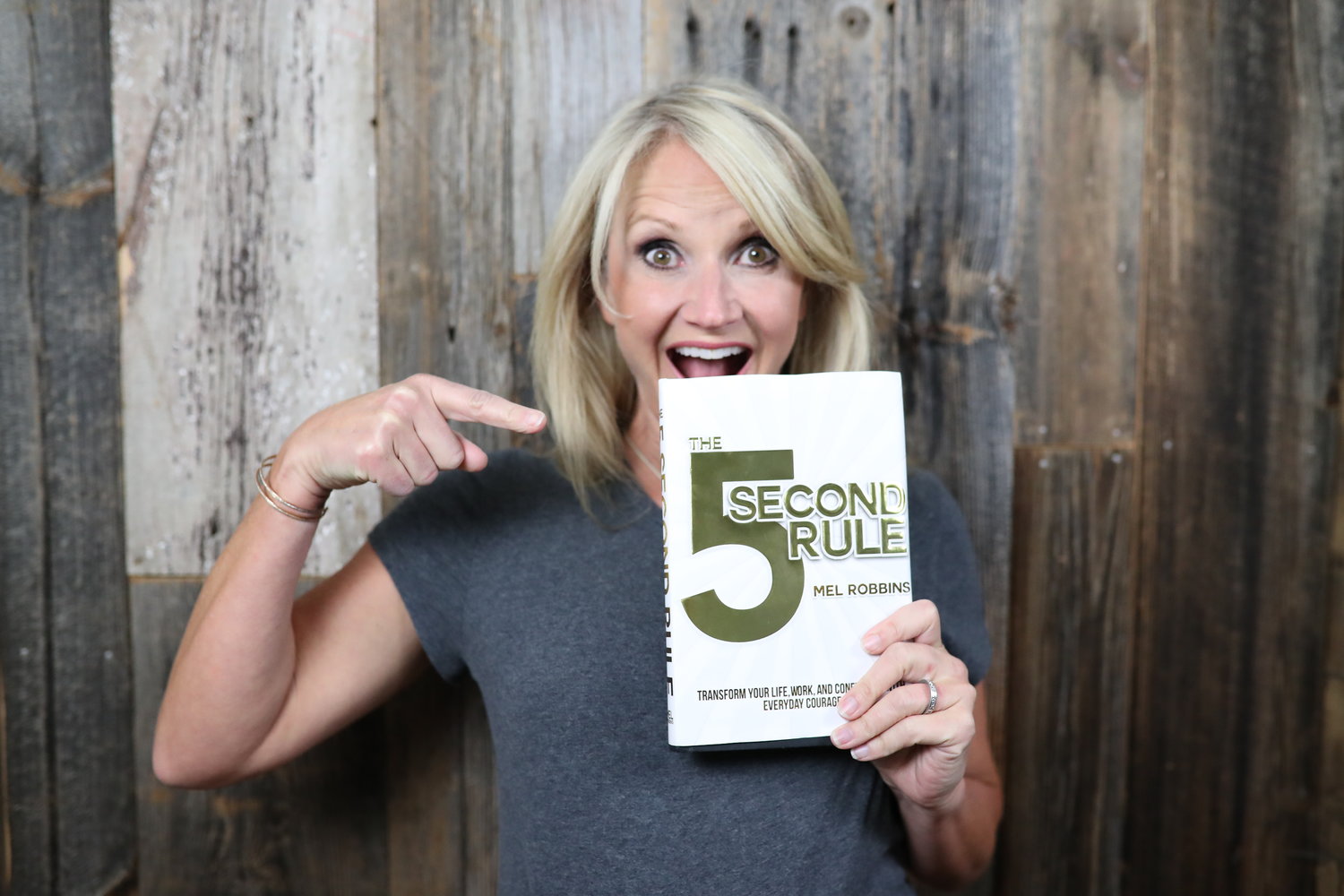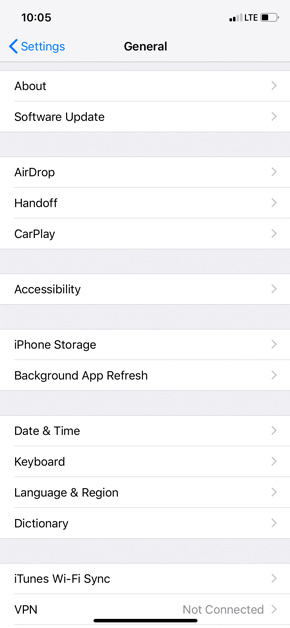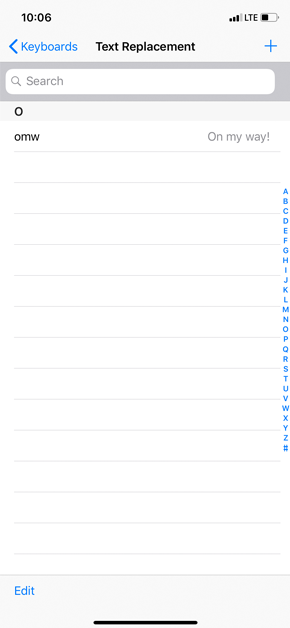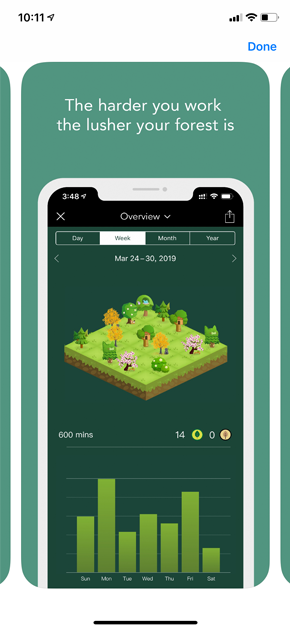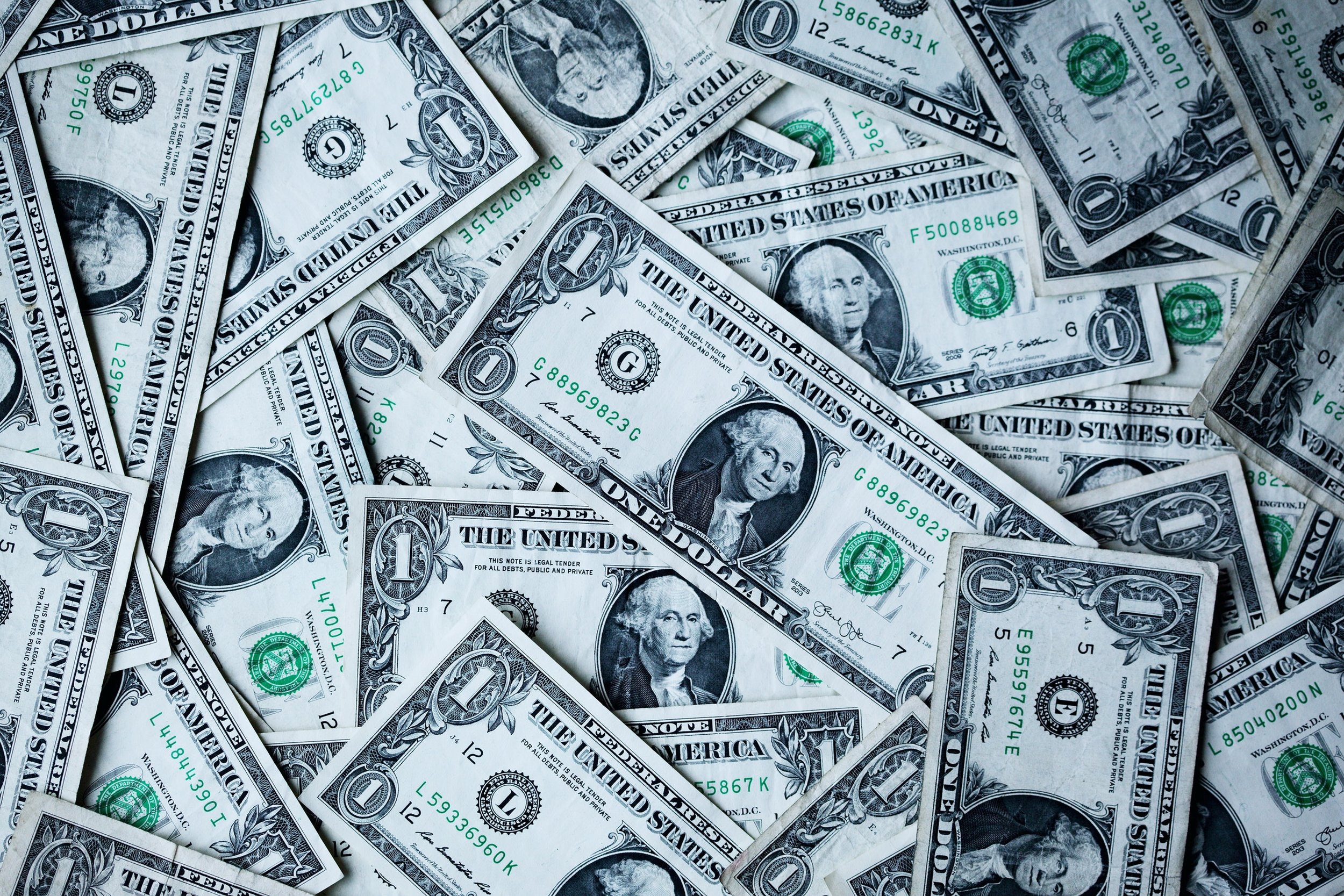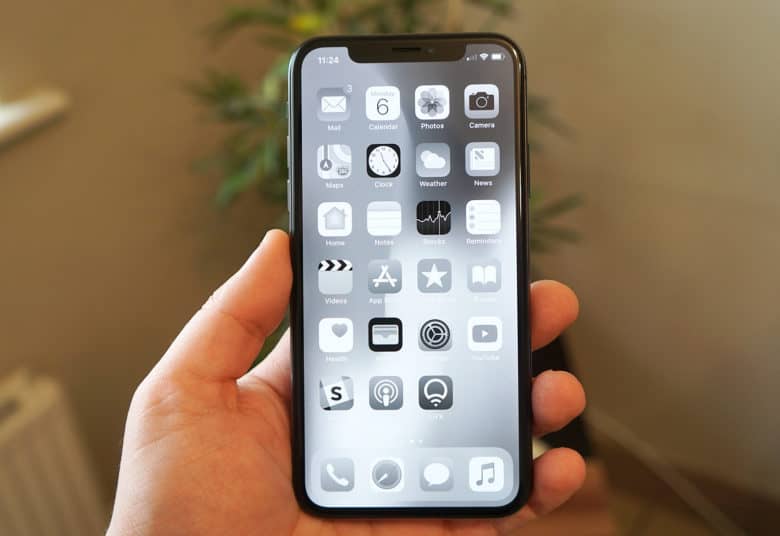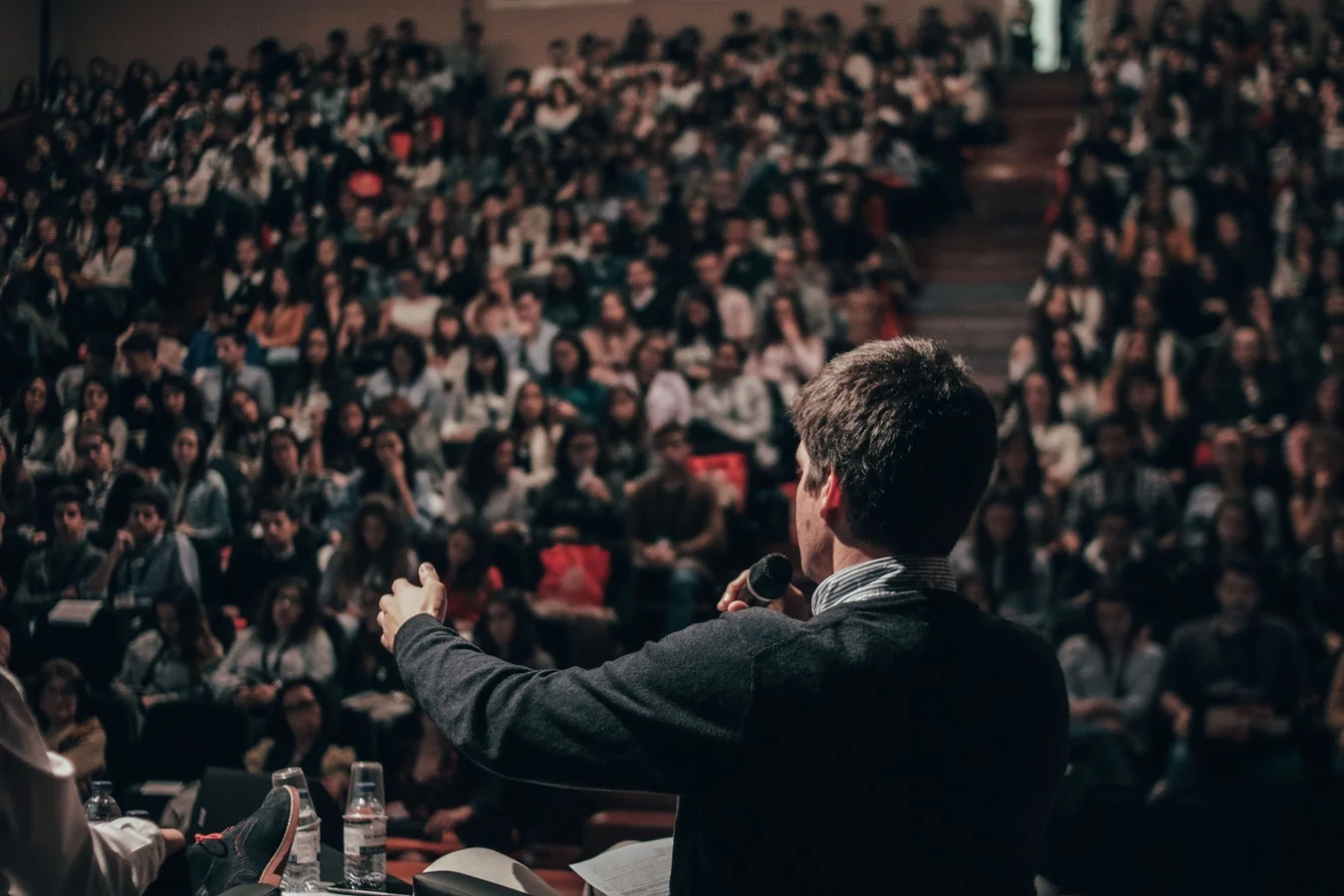In the late 1990s I began an undergrad business degree program at Queen’s University in Kingston, Ontario. After nearly flunking Economics 101 and striking out with a majority of sports and teams, I finally found my home among a group of interfaculty misfits at the Golden Words comedy newspaper.
Golden Words was the largest weekly humor newspaper in the country, an Onion-esque paper publishing 25 issues per year, with a new issue every Wednesday during the school year. For the next four years, I spent every Sunday hanging out with a group of people writing articles that made us all laugh. We got together around noon and wrote until the wee hours of Monday morning. I didn’t get paid a cent, but the thrill of creating, laughing, and seeing my work published gave me a great high.
I loved it so much that I took a job working at a New York City comedy writing startup during my last summer of college. I rented an apartment on the Lower East Side and started working in a Brooklyn loft with writers from The Simpsons and Saturday Night Live. “Wow,” I remember thinking, “I can’t believe I’m getting paid to do what I love.”
But it was the worst job of my life.
Why your dream job could be the worst job you ever have
Instead of having creative freedom to write whatever I wanted, I had to write, say, “800 words about getting dumped” for a client like Cosmopolitan. Instead of joking with friends naturally and finding chemistry writing with certain people, I was scheduled to write with others. Eventually my interest in comedy writing faded, and I decided I would never do it for money again.
When I started writing my blog 1000 Awesome Things in 2008, I said I’d never put ads on the website. I knew the ads would feel like work to me, and I worried that I might self-censor or try to appeal to advertisers. No income from the blog meant less time trying to manage the ads and more time focused on the writing, I figured.
I was smart about that… but not smart enough to ignore the other extrinsic motivators that kept showing up: stat counters, website awards, bestseller lists. It was all so visible, so measurable, and so tempting. Over time I found myself obsessing about stat counters breaking 1 million then 10 million then 50 million, about the book based on my blog staying on bestseller lists for 10 weeks then 100 weeks then 200 weeks, about book sales breaking five figures then six figures then seven figures. The extrinsic motivators never ended, and I was slow to realize that I was burning myself out. I was eating poorly, sleeping rarely, and obsessing about whatever next number there was to obsess about.
I started worrying that the cycle — set goal, achieve goal, set goal, achieve goal, set goal, achieve goal — would never end. And I started forgetting why I started writing my blog in the first place. I was shaken by how quickly I had gotten caught up in the achievement trap.
Studies show that when we begin to value the rewards we get for doing a task, we lose our inherent interest in doing the task. The interest we have becomes lost in our minds, hidden away from our own brains, as the shiny external reward sits front and center and becomes the new object of our desire.
Keep in mind that there are two types of motivation: intrinsic and extrinsic. Intrinsic is internal — you’re doing it because you want to. Extrinsic is external — you’re doing it because you get something for it. Teresa Amabile, a professor at Harvard Business School, has performed some experiments on intrinsic and extrinsic motivators with college students. She asked the students to make “silly collages” and invent stories for them. Some were told they were getting rewards for their work, and some were not. What happened? Based on scores from independent judges, the least creative projects by far were done by students who were promised rewards for their work. Amabile said, “It may be that commissioned work will, in general, be less creative than work that is done out of pure interest.”
And it’s not just getting rewards that hurts quality. In another study conducted by Amabile, 72 creative writers at Brandeis University and Boston University were split into three groups of 24 and asked to write poetry. The first group was given extrinsic reasons for doing so — impressing teachers, making money, getting into fancy grad schools. The second group was given a list of intrinsic reasons — enjoying the feeling of expressing themselves, the fun of playing with words. The third group wasn’t given any reason. On the sidelines, Amabile put together a group of a dozen poet-judges, mixed up all the poems, and had the judges evaluate the work. Far and away, the lowest-quality poems were from those who had the list of extrinsic motivators.
James Garbarino, former president of the Erikson Institute for Advanced Study in Child Development, was curious about this phenomenon. He conducted a study of fifth- and sixth-grade girls hired to tutor younger children. Some of the tutors were offered free movie tickets for doing a good job. What happened? The girls who were offered free movie tickets took longer to communicate ideas, got frustrated more easily, and did a worse job than the girls who were given nothing except the feeling of helping someone else.
The Garbarino study raises the question: Do extrinsic motivators affect us differently depending on age? Do we grow into this pattern — and can we grow out of it? According to a recent study by Felix Warneken and Michael Tomasello, we may be hardwired to behave this way. Their work found that if infants as young as 20 months are extrinsically rewarded after helping another infant, they are less likely to help again than infants who received either no reward or simple social praise.
The secret to avoiding burnout
I was surprised by the studies, but they made sense to me. I loved writing for Golden Words. It was a joy, a thrill, a true love. With the paid writing startup in New York City, I lost all my energy and drive.
When you’re doing something for your own reasons, you do more, go further, and perform better. When you don’t feel like you’re competing with others, you compete only with yourself. For example, Professor Edward Deci of the University of Rochester conducted a study where he asked students to solve a puzzle. Some were told they were competing with other students and some were not. You can probably guess what happened. The students who were told they were competing with others simply stopped working once the other kids finished their puzzles, believing themselves to be out of the race. They ran out of reasons to do the puzzle. But those who weren’t told they were competing with others kept going once their peers finished.
Does all this mean you should just rip up your paycheck and work only on things you’re intrinsically motivated to do? No. But you should ask yourself, “Would I do this for free?” If your answer is yes, you’ve found something worth working on. If the answer is no, let paid work remain paid work and keep asking yourself what you would do simply for the pleasure you derive from doing it. Chances are, if you’re working solely for extrinsic reasons such as money, you’re bound to burn out sooner or later.
An earlier version of this article appeared in Harvard Business Review



